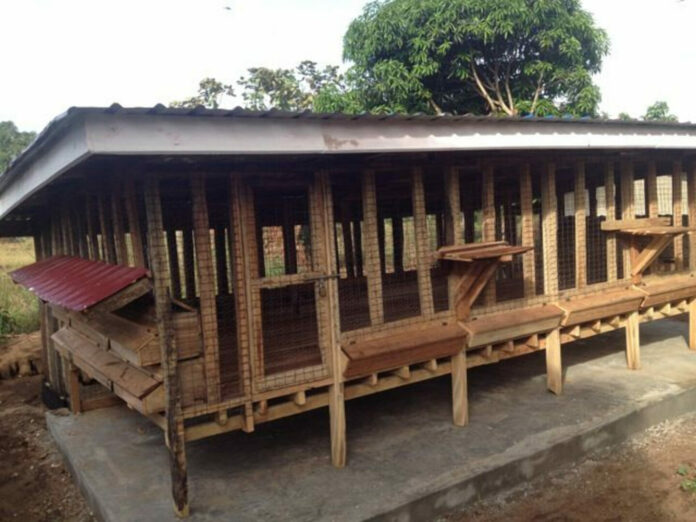Setting up a commercial chicken house is very important in ensuring your chickens’ health, production, and welfare while ensuring efficient operations with low environmental impact.
One of the famous chicken raisers, Dr. Fami, has shared five essential guidelines on how to construct a good poultry house. He showed ways of building a structure that would help keep the birds comfortable and safe.
You can be assured of building a poultry house supportive of the health and productivity of your chickens through these guidelines:
1. Space Requirements
Commercial poultry farming requires proper spacing. As Dr. Fami says, a square meter should contain six layers or eleven broilers.
This space will prevent overcrowding and reduce stress and problems associated with health complications.
Proper ventilation controls heat and moisture and is considered a vital component in the birds’ comfort level. It brings in fresh air and removes unwanted gases, such as ammonia, coupled with dust.
2. Orientation
The poultry house should be open-sided for natural ventilation, east-west oriented to reduce direct sunlight, and with walls no higher than 3 feet on the longer side.
3. Biosecurity measures
Place a wide footbath at the entrance for disinfection of feet to reduce contamination from outside the farm.
Ensure an area of 3-5 meters in radius is cleared around the pen to discourage rodents. Besides, all feed storage must be away from the poultry house to lessen the chance of attraction by rodents.
Top tips to ensure successful cabbage farming in Kenya
“Construct the house in isolated areas to minimize contamination risks,” Dr Fami noted. He also advised to put up quarantine areas for new birds to prevent spreading disease.
4. All-In, All-Out System
The ‘all-in, all-out’ system is a strategy for poultry management in which all birds are put into a house or pen at the same age and are taken out at precisely the same time either attaining market weight or at the end of their production cycle.
This method helps prevent disease outbreaks by keeping only one age group in each house. If birds of different ages are present, they should be housed separately to minimize disease transmission.
Following these tips will help you build a poultry house that enhances bird health and productivity.








